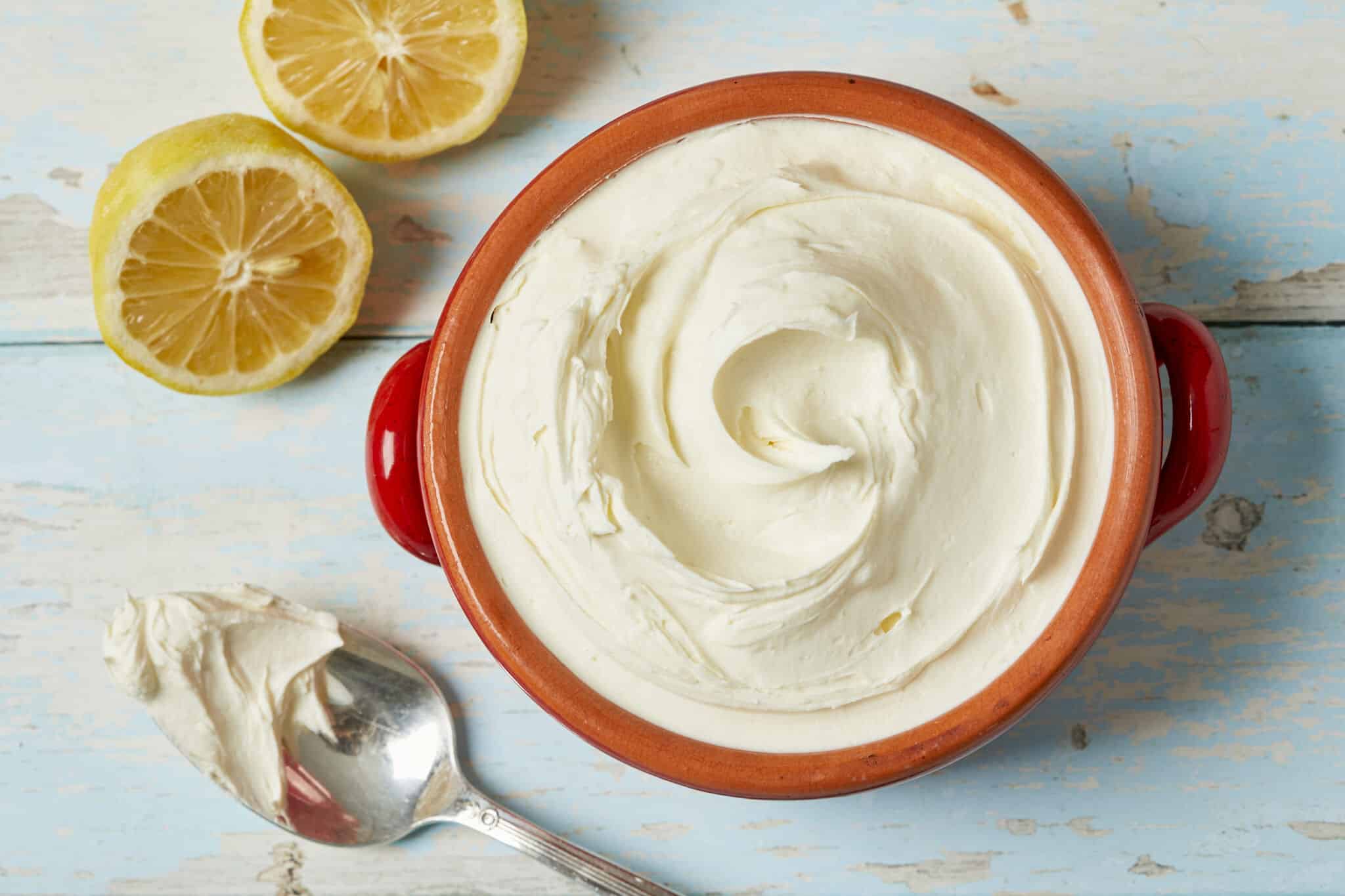
This post may contain affiliate links. Please see my full disclosure for details.
Hi Bold Bakers!
WHY YOU WILL LOVE THIS RECIPE: My Mascarpone Cheese Recipe makes the creamiest Italian cream cheese with perfect sweetness and tang. You only need 2 ingredients that you likely already have in the refrigerator and less time than searching for mascarpone at stores!
IMPORTANT NOTE: This recipe was updated and improved on 4/3/2023 to include a definition, additional step-by-step photography, more clear answers to the most frequently asked questions (better-structured explanation for 1. process 2. differences between mascarpone and cream cheese/ricotta) and FAQs(why runny/grainy/bitter), and Pro Chef Tips.
Bold Baking Basics is back in full swing, and I’m excited to share what’s improved for you! From How to Make Cream Cheese to Homemade Buttermilk, these recipes and techniques are here to provide you with the updated building blocks for all of your favorite recipes.
My recipe for How to Make the Creamiest Mascarpone Cheese has been one of my best yet, as I know just how hard it can be to find this lovely rich Italian cheese. Now instead of ignoring all the recipes made with this versatile ingredient, you can finally open up a whole new world of sweet and savory dishes.
Table of Contents
- What is Mascarpone?
- Tools for Making Homemade Mascarpone
- Mascarpone Ingredients
- How to Make Mascarpone Cheese
- What’s the Difference Between Mascarpone and Cream Cheese?
- Are Mascarpone and Cream Cheese Interchangeable?
- What’s The Difference Between Mascarpone And Ricotta Cheese?
- Is There A Dairy-Free Alternative To Mascarpone Cheese?
- FAQs
- Gemma’s Pro Chef Tips
- More Bold Baking Basics
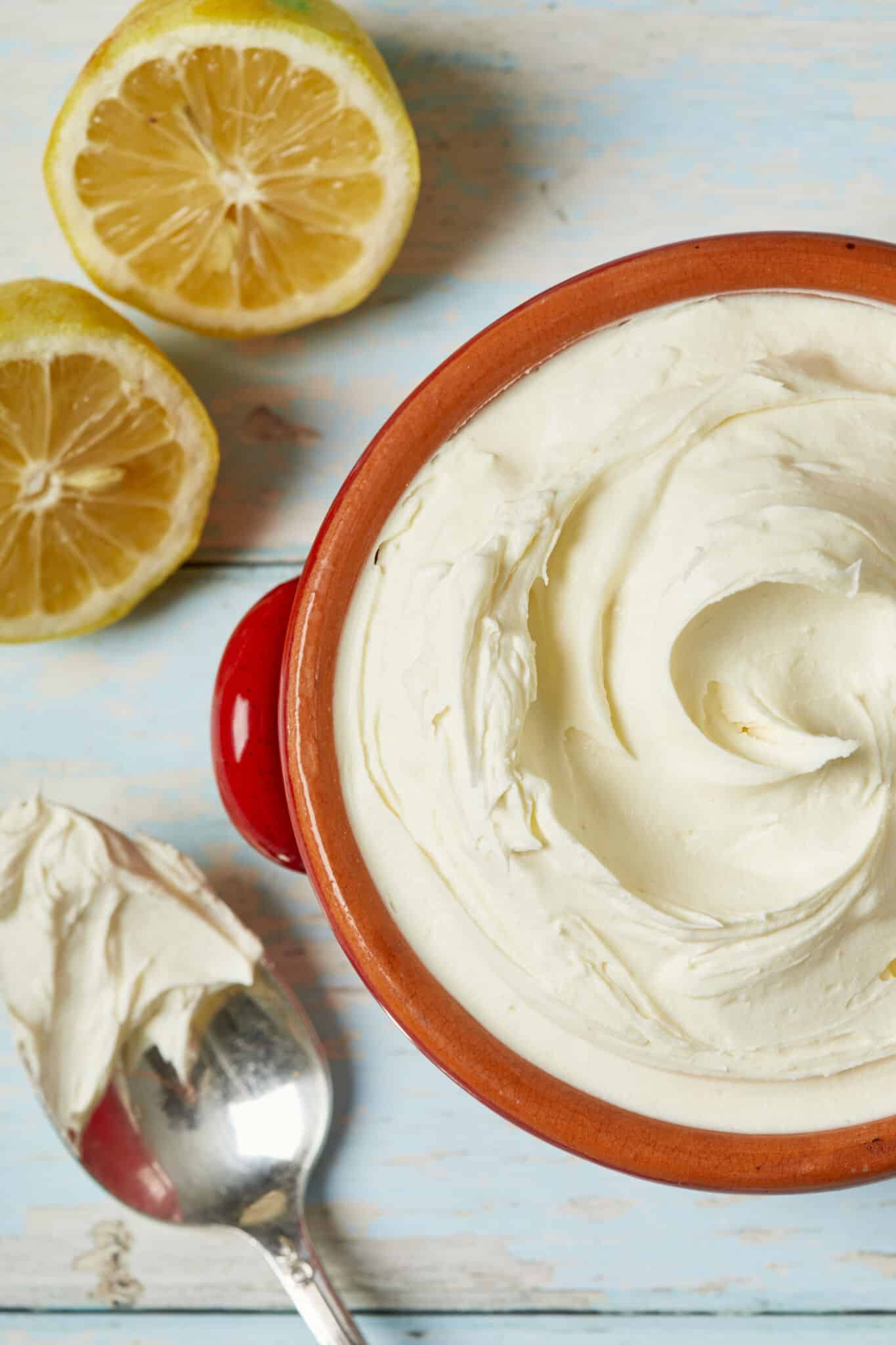
What is Mascarpone?
Mascarpone is a soft Italian acid-set cream cheese, [1][2][3] (according to https://en.wikipedia.org/wiki/Mascarpone .) invented some time between the late 16th century and early 17th century in Italy.
- “Mascarpone Artigianale” (in Italian). Archived from the original on 2 April 2012. Retrieved 22 September 2011.
- ^Turismo Provincia di Lodi (2004). “Mascarpone” (in Italian). Retrieved 22 September 2011.
- ^Tessa Buratto (2010). “Mastering Mascarpone: What it takes to make a perfect batch of Mascarpone Cheese”. San Luis Obispo, CA. Retrieved 8 April 2015.
Tools for Making Homemade Mascarpone
- Saucepan
- Whisk
- Wooden spoon
- Sieve, strainer or colander
- Cheesecloth (or butter muslin)
- Glass bowl
Mascarpone Ingredients
- Heavy cream: Cream is a liquid dairy product skimmed from the milk’s higher-fat content top layer. Heavy cream with fat 36% or double cream with fat 48% will work well in this recipe. Heavy whipping cream with fat around 30% will yield a thinner result. Ultra-pasteurized cream has already been denatured so will not work.
- Lemon juice: Freshly squeezed lemon juice works the best. You can also use vinegar instead. Note that lime juice may add bitterness.
That’s it!
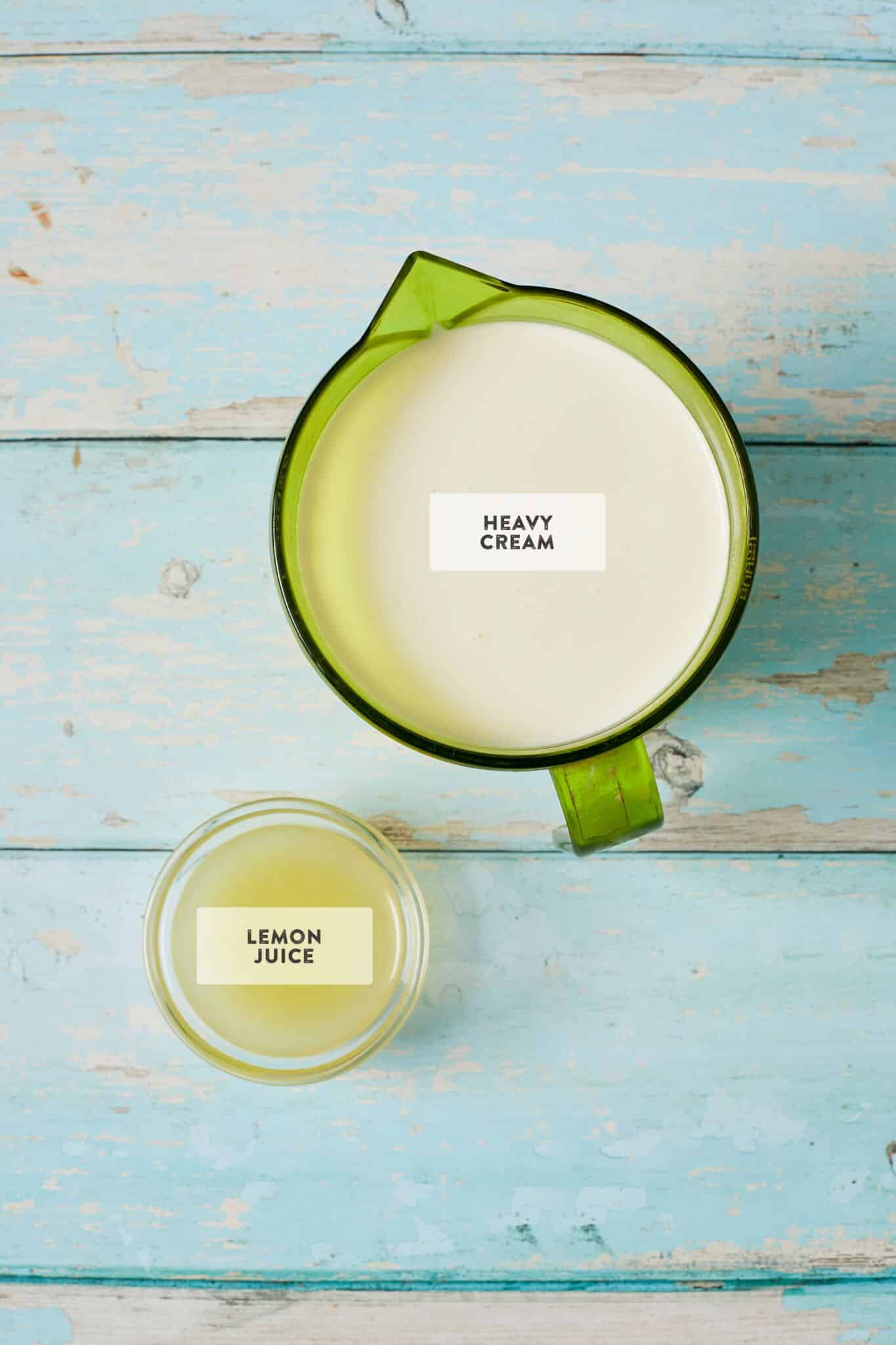
[ Did you know that you can also make your own butter? Follow my Homemade Butter recipe! ]
How to Make Mascarpone Cheese
- Denature the dairy cream:
-
Denaturing cream means destroying the characteristic properties of proteins by heat and acidity to disrupt their molecular conformation.
- Bring cream to a simmer over medium heat then add the lemon juice and whisk until the cream begins to thicken and reduce, roughly 13-15 minutes.
-
- Re-group molecules to form the new substance–Mascarpone Cheese:
-
Allow the hot cream pan to cool in an ice bath for 10 minutes.
-
Drain the cooled cream mixture into a larger bowl with a lined sieve.
-
Gather the corners of the cheesecloth and cover over the cream. Store in the fridge for 24 hours.
-
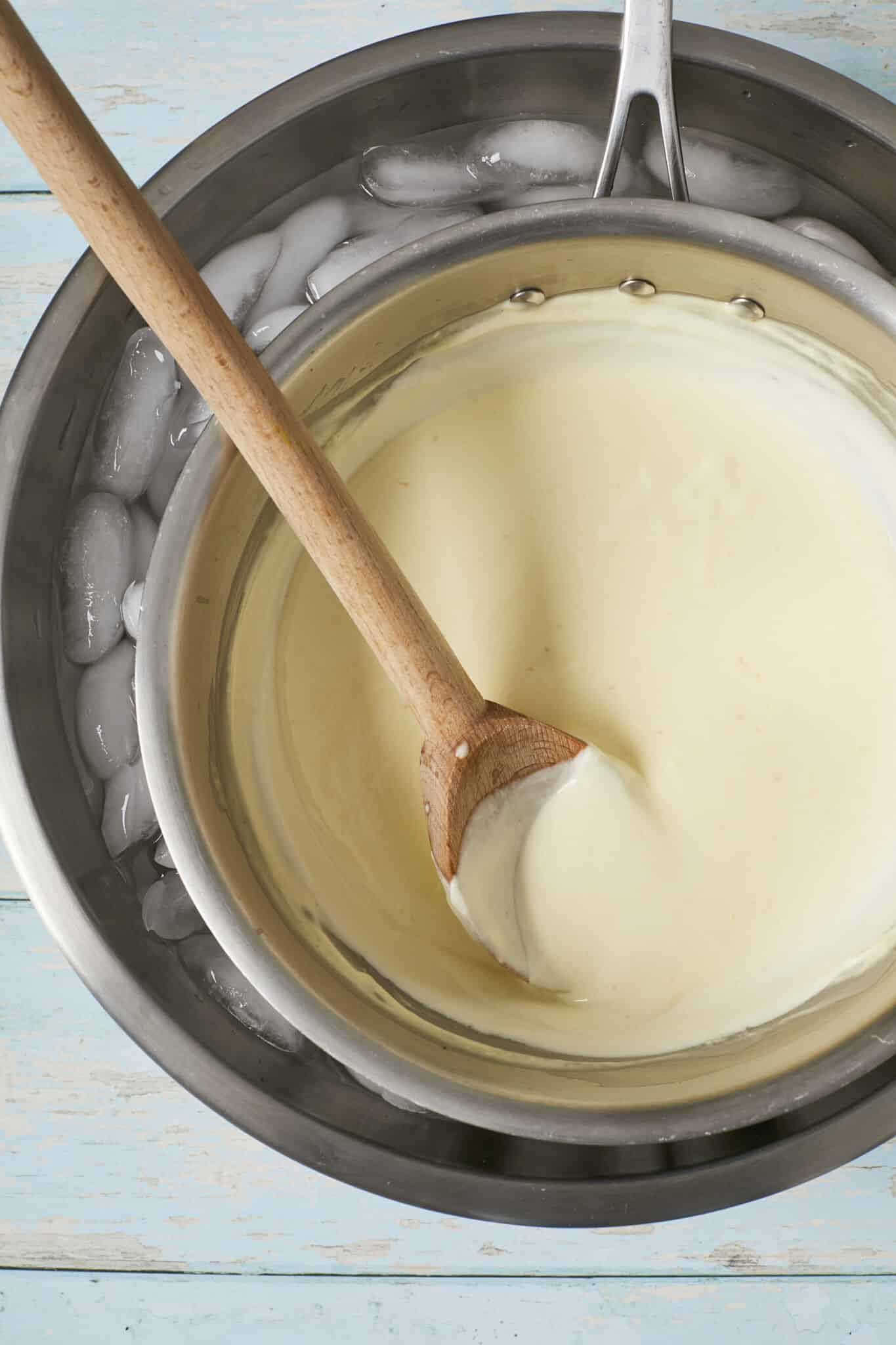
What’s the Difference Between Mascarpone and Cream Cheese?
- Fat content: The main difference between mascarpone and cream cheese is the fat content. While cream cheese is made with whole milk, this mascarpone cheese is made with heavy cream.
- Sweet vs Savory:
-
The higher fat content of mascarpone cheese provides that slightly sweeter, more buttery flavor, whereas cream cheese has a lower fat content so is more like actual savory cheese.
-
The neutral less acidic flavor of mascarpone really lends itself to sweet baking. Whereas cream cheese has a higher acidity so is more like actual savory cheese.
-
-
Texture:
-
Mascarpone is softened and and creamier.
-
Cream cheese is firmer and spreadable.
-
Are Mascarpone and Cream Cheese Interchangeable?
Mascarpone and cream cheese are interchangeable in various cases with slightly different results.
- As a substitute for cream cheese, mascarpone will yield a more neutral flavor. Add more lemon juice for the same tang.
- Mascarpone will yield a softer result so do expect that a cheesecake, especially a non-bake cheesecake will be more delicate.
Never again do you have to worry about not being able to find this luxurious ingredient, because it’s so easily made at home.
[ Did you know that you can also make your own butter? Follow my Homemade Butter recipe! ]
What’s The Difference Between Mascarpone And Ricotta Cheese?
Ricotta and mascarpone are different.
- Ricotta is made from whey, has a lower fat content, comes in firmer cruds, and is commonly used in both sweet and savory dishes.
- While mascarpone is made from cream, has a higher fat content, comes in a velvety cream texture, and is mostly used in sweets.
Is There A Dairy-Free Alternative To Mascarpone Cheese?
There are dairy-free alternatives out there, but they do have a bit of a tang similar to cream cheese. KiteHill brand makes several nut-based cheeses, and this creamy spread of theirs can be an alternative in your cooking and baking. While I think there really is nothing quite like mascarpone, this is a great option for those that are vegan or trying to avoid dairy products.
FAQs
Why is my homemade mascarpone runny even after chilling?
- Lack of acid & overheating: Mascarpone relies on acid to solidify and set. When there isn’t enough acid or when the cream was overheated to decrease acid, mascarpone will not set well.
- If your cream bubbles up, turn down the heat to keep the cream simmering gently (video 1:30 https://www.biggerbolderbaking.com/mascarpone-cheese-recipe/ ). Use fresh lemon juice or add a little bit of vinegar to increase the acidity.
Why is my homemade mascarpone grainy?
Over whisking, too much acid or a low temperature will make mascarpone grainy.
- Over-whisking the heated cream will split fat to cause a grainy mascarpone texture. Occasionally gently stir the mixture to make sure nothing gets scorched at the bottom.
-
Once the cream comes to a simmer, add the lemon juice and whisk until the cream begins to thicken like a custard. Excess acid will curdle the very small amount of casein in heavy cream.
-
Mascarpone is high in fat so it solidifies when cold. You can try to microwave it a few seconds at a time or in a double boiler on the stove over medium-low heat and stir it until smooth. Off the heat and let it cool to room temperature and stir regularly and re-whip it.
Why is my homemade mascarpone bitter?
- Spoiled heavy cream: If your cream was not well sealed and refrigerated, then it might have spoiled which caused the bitterness.
- Acid source: There’s a slight chance your mascarpone tastes bitter if lime is used in place of lemon.
Gemma’s Pro Chef Tips
How to Store Mascarpone? Can I Freeze Mascarpone?
- Using mascarpone when fresh will yield you the best results: Cover and store the mascarpone cheese in the fridge in an airtight container for up to 4 days.
- However, if you find yourself with extra mascarpone you can wrap up and freeze mascarpone for up to 6 weeks. To use, I let it defrost in the fridge overnight, then I use as normal — all it needs is a good stir.
- Just note that frozen mascarpone may lose some of its texture and flavor, and because of that the thawed cheese is best suited to cooked dishes, such as sauces, soups and casseroles, but not the best for Tiramisu.
When To Use Mascarpone Cheese, And What It Can Be Added To
This cheese is truly one of my favorite blank canvases. From flavoring with savory herbs & parmesan, then adding it to lasagna or my Mushroom, Mascarpone & Egg Pizza, to making mascarpone cream with classics like my 10-minute Tiramisu, homemade mascarpone cheese is so versatile.
I love using it in frosting, making a rich alternative to traditional cream cheese frosting, or spreading it on crostini and topping it with toasted nuts and sliced figs. Talk about YUM!
More Bold Baking Basics!
- How to Make Cream Cheese
- How To Make Sour Cream
- How to Make Condensed Milk
- How to Make Brown Sugar
- Homemade Extracts
IMPORTANT NOTE: This recipe was updated and improved on 4/3/2023 to include a definition, additional step-by-step photography, more clear answers to the most frequently asked questions (better-structured explanation for 1. process 2. differences between mascarpone and cream cheese/ricotta) and FAQs(why runny/grainy/bitter), and Pro Chef Tips.
Don’t forget to follow Bigger Bolder Baking on Pinterest!
Watch The Recipe Video!
How to Make the Creamiest Mascarpone Cheese
Ingredients
- 2 ½ cups (20 fl oz/565 ml) heavy cream
- 2 ½ tablespoons lemon juice
Instructions
- Pour the heavy cream into a medium saucepan and bring to a simmer over medium heat.
- Once simmering, add the lemon juice and whisk until the cream begins to thicken and reduce, roughly 13-15 minutes.
- When thickened, turn off the heat and transfer the pan to an ice bath. Allow to cool for 10 minutes.
- Line a sieve with cheesecloth and place inside a slightly larger bowl. Pour the cooled cream into the lined sieve.
- Gather the corners of the cheesecloth and cover over the cream. Store in the fridge for 24 hours.
- After 24 hours the cream will be set and ready to use. This recipe yields you 1 ¼ cups (roughly 11 oz) of mascarpone . Cover and store the mascarpone cheese in the fridge in an airtight container for up to 4 days.
Recipe Notes

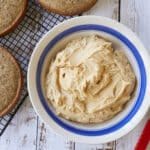
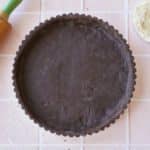
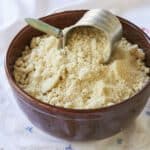
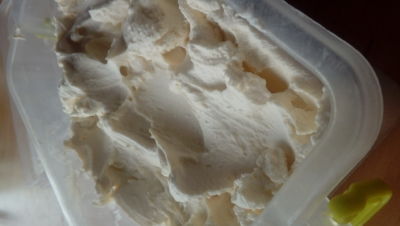
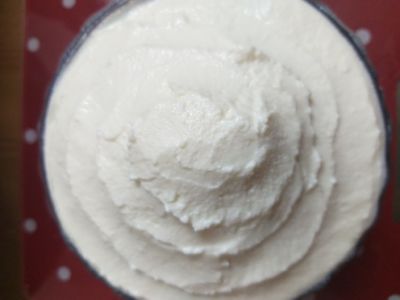
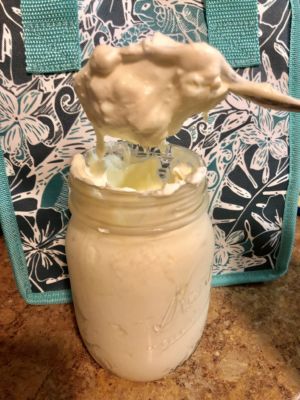
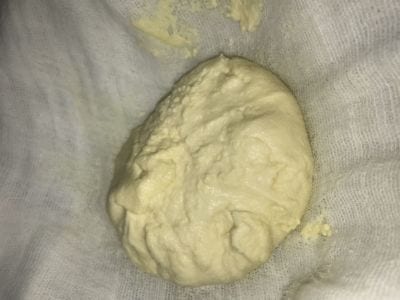
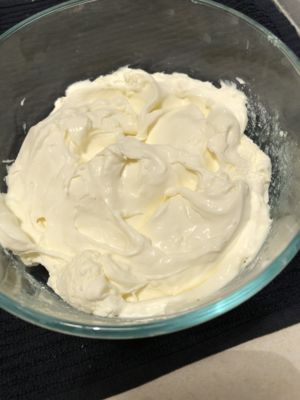



Gemma, Thank you so much. I made your mascarpone and it came out just beautiful. Taste was great. My grand child who is getting married ask me to make a Lemon Cream Wedding Cake so I used your mascarpone in the whipped cream with the powder sugar and lemon juice and lemon extract and the rind and I am telling you that that cake was a bit hit. I made 5 batches of this cheese for the large cake. The cake was so good and there was none left. I have been ask for the recipe over and over. I… Read more »
for all: go get one or two nut milk bags for draining. I use for everything; yogurt cheese, coconut milk, nut milks. May be thicker but does the same trick. And BTW here in Ecuador where local coffee is made on a stand with a funnel bag, those bags are the same and I have used for small batches of some things.
they clean up and are reuseable!
Gemma: This looks very nice and I am going to try it. I have made cottage cheese, ricotta, and farmer’s cheese and used the cloth bag from my tofu making kit. It is a bit small, so I purchased a larger nut milk bag with a drawstring. It works very well for this, and for squeezing the liquid out of cauliflower.
I do have a cheesecloth tip. Buy it at the hardware store, but not in the kitchen section. Go to the paint section. It’s a lot cheaper there. An employee clued me in about this.
Came our beautifully. Tomorrow I use it for tiramisu.
Hi Gemma
My milk started curdling
And when I gave it an ice bath it started becoming thick….after straining there was so little cream left….now I’ve put it in to the fridge…dont know what mess I’ve made…it seems like Indian cottage cheese (paneer)
Amazing! Came out perfectly.
Hi Gemma, why as soon as I put lemon juice into my cream it started to look like a porridge? So many denatured white curds at the top and it doesn’t thicken, thank you for the recipe
Hi Gemma, thank you for the easy recipe for baking dummies like me. I was wondering, my cheese doesnt seem to have any whey coming out, and it looks quite hardened up after setting in the refrigerator for a couple of hours. I’ve never had mascarpone cheese before so i dont know the cheese looks right or not. Should it be creamy after setting? if it harden up, is it okay if i double boil the cheese to soften it?
Made this and was so scared it was going to be an epic fail. Gemma didn’t show how much cheesecloth to use so I tried four layers and the liquid came pouring through. I quickly changed to a thin cotton towel and it worked perfect. No whey on the bowl but I think it was soaked up in the towel. I used it for a pumpkin tiramisu that cut beautifully and I was told it was the best tasting mascarpone by far.
Do we have to leave it for the 5 days?